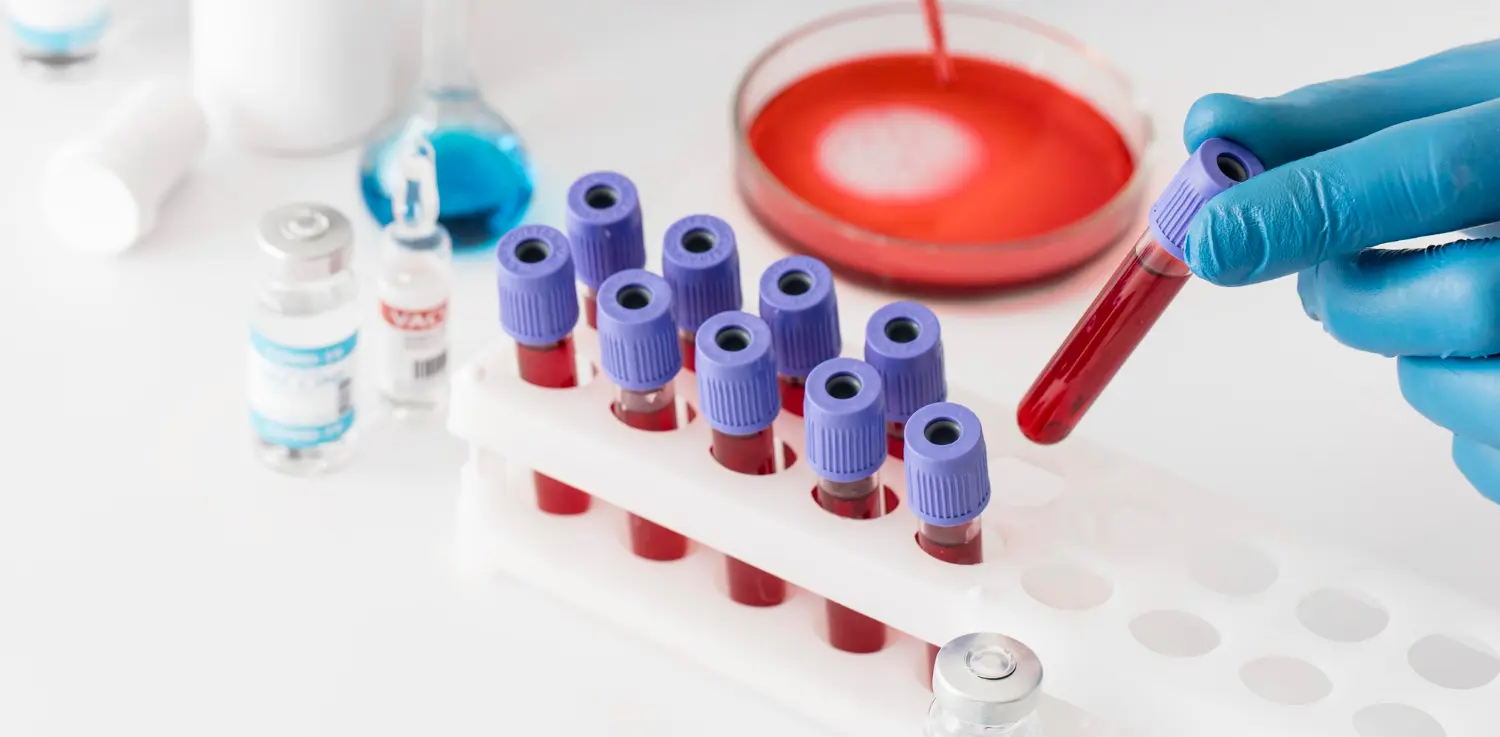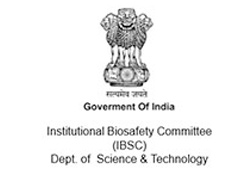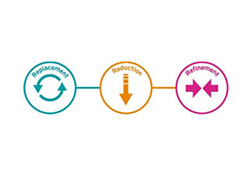A Comprehensive Guide to Hemocompatibility Testing and ISO 17025 Compliance
Introduction to Hemocompatibility Testing :
ISO 17025 is an international standard that specifies general requirements for the competence of testing and calibration laboratories. When it comes to hemocompatibility testing, which involves assessing the compatibility of medical devices with blood, there are specific considerations and procedures that laboratories need to follow to comply with ISO 17025.
Below given general steps and considerations for hemocompatibility testing in accordance with ISO 17025:

Understanding the Significance of Hemocompatibility Testing:
Before delving into the intricacies of ISO 17025 compliance, it's essential to grasp the significance of hemocompatibility testing. Explore the critical role these assessments play in ensuring the biocompatibility of medical devices, emphasizing the importance of meticulous testing to safeguard patient well-being.
Key Elements of ISO 17025 Compliance for Hemocompatibility Testing:
Scope of Accreditation:
Clearly define the scope of hemocompatibility testing services offered by the laboratory. This should include a detailed list of specific tests and methods that the laboratory is competent to perform.
Personnel Competence:
Ensure that laboratory personnel have the necessary qualifications, training, and experience to perform hemocompatibility testing. This may include educational background, relevant experience, and ongoing training.
Test Methods and Procedures:
Clearly document and follow established test methods and procedures for hemocompatibility testing. These methods should be in compliance with relevant international standards such as ISO 10993-4 for in vitro hemocompatibility testing.
Equipment and Calibration:
Calibrate and maintain all equipment used for hemocompatibility testing according to applicable standards. This includes monitoring and documenting the calibration status of equipment regularly.
Quality Control and Quality Assurance:
Implement quality control measures to ensure the reliability and reproducibility of test results. This may include running control samples, validating methods, and participating in proficiency testing programs.
Sample Handling and Storage:
Establish procedures for proper sample handling, transportation, and storage. Ensure that samples are stored under conditions that do not compromise the integrity of the samples.
Record Keeping:
Maintain detailed records of all hemocompatibility testing activities. This includes documentation of sample identification, test conditions, results, and any deviations from standard procedures.
Reporting of Results:
Provide accurate and clear reports of hemocompatibility test results to clients. Reports should include relevant details about the testing process, conditions, and results, as well as any observations or deviations.
Traceability of Measurements:
Ensure traceability of measurements to national or international standards. This includes documenting the calibration status of measurement equipment and reference materials used in the testing process.
Continuous Improvement:
Implement a continuous improvement process to identify opportunities for enhancing the effectiveness and efficiency of hemocompatibility testing procedures.
Conclusion
In the ever-evolving landscape of medical advancements, the reliability and safety of devices in contact with blood are paramount. Hemocompatibility testing serves as the vigilant guardian, ensuring these devices meet rigorous standards to safeguard patient health. By aligning with the principles of ISO 17025, laboratories not only demonstrate their commitment to excellence but also contribute significantly to the broader healthcare ecosystem.




